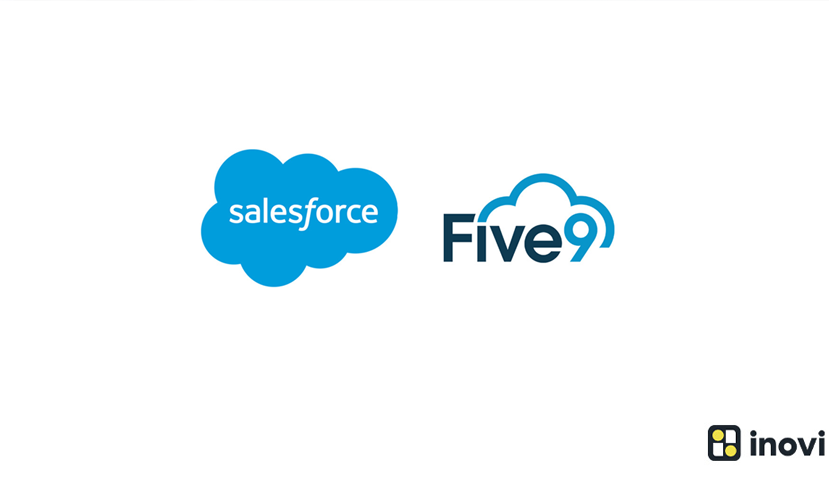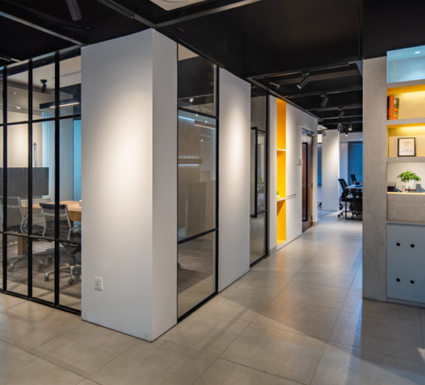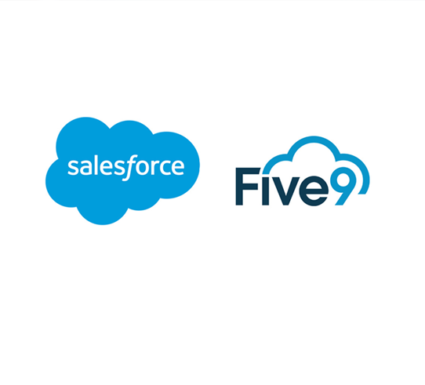Five9 Integration: Use Five9 Call Recordings in Salesforce
Five9 is a great CRM augmentation tool for Salesforce as it captures customer calls and provides agents with profiles, sentiments, persona and next best action features that make them more effective at their jobs.
But many orgs aren’t using Five9 to its full potential, and that means sub-optimized use of the tool, lost productivity and missed opportunities to build a stickier relationship with the customer.

With some simple customization, Five9 can become a much more valuable tool for managing your contact center and Salesforce as a CRM. We like this Managed Package at Salesforce’s AppExchange store to integrate Five9 with Salesforce.
One excellent automated feature in Five9 for both inbound or outbound calls is to create a task when the call ends. The task could be as simple as a reminder to update customer contact information, issue a refund or change the billing setup.
Five9 can also store the call recording at their server, which you can access using their administrative software called Virtual Contact Center. If you click on any agent name, you can access their call recordings. This is helpful for training, and teaching best practices to help agents improve their craft.
But the bigger question is: Can we bring that recording right into Salesforce so that we can play the call within the Salesforce platform when it ends, and also tie it to specific customer accounts, work orders and tasks?
The answer is YES, but it takes a little work to make that happen.
Here’s the rub. Five9 doesn’t attach the call recording to the task object record directly, so there is no way we will get the recording to the Salesforce task object record detail page by default. That means agents have to waste time manually digging through old files to try to find the call recording they are looking for. It’s terribly inefficient, frustrating and a poor use of resources.
The solution that we came up with requires two things:
- A Linux Server (preferably LEMP server)
- A custom AURA component/Visualforce Page in Salesforce
Five9 has a feature that allows us to sync all the call recordings to the Linux server, which will act as a SFTP server.
The custom AURA component or Visualforce page will also use the Linux server to fetch the recording through an API call to the server.
Doing this makes the call recording available to our Salesforce Task Record Detail page, where it can be related to other records such as a contact or a work order.
This clever solution can empower your call center agents to be more productive, save time from having to dig up call recordings elsewhere, manage tasks more efficiently and provide better service to customers.
For companies that also have field workers, technicians and other professionals who are dispatched to customer sites, it’s also incredibly helpful for that person to listen to the original call recording so they understand more context and information before they interact with the customer.
Customers appreciate that they don’t have to repeat the same information over and over again, and enormous efficiencies are gained by relating the call recordings to other pertinent records that help everyone — from the agent to the field worker to the billing department — provide better service.
Have you encountered this issue? Please reach out and let me know how you solved it, or how we can help your team find a better way to use Five9 in your org.
Email us at [email protected] to learn how we can help you with your Five9 implementation.




